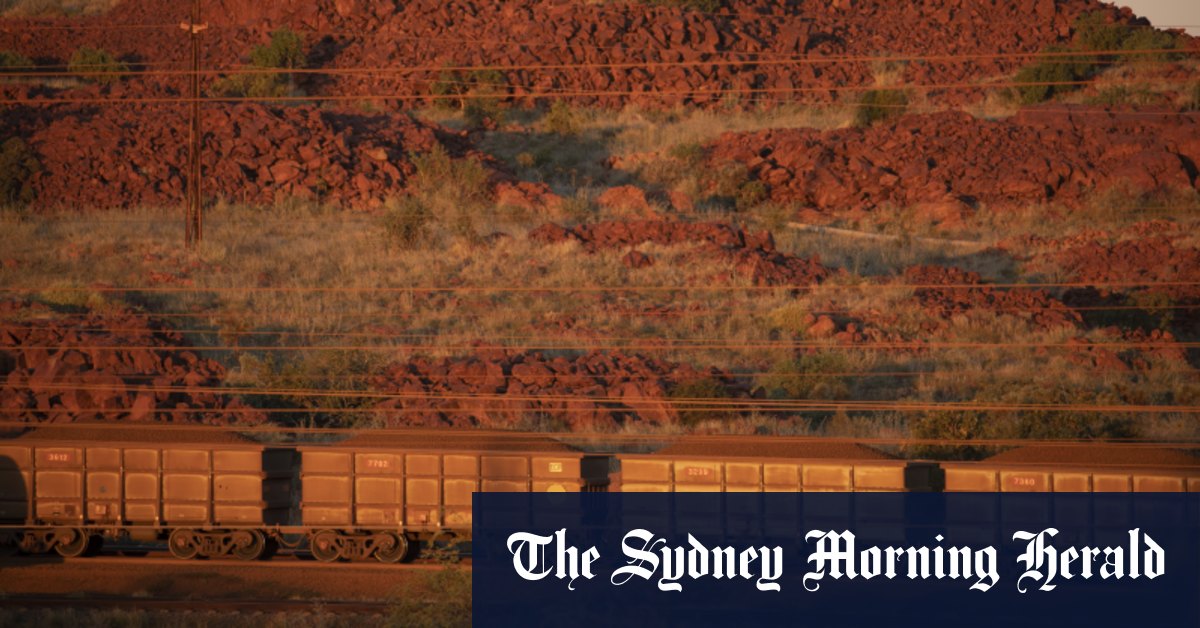
It wasn’t a year without challenges, though. Ongoing COVID-19 border restrictions in Western Australia caused difficulties in acquiring skilled workers and supplies across Rio Tinto’s flagship iron ore business, its biggest cash-earner, forcing the company to 5 million tonnes from the bottom line of its full-year iron ore target.
Rio Tinto also pledged to spend $10 billion to halve its carbon emission by 2030, including $2 billion for wind and solar energy to slash gas use at its Pilbara sites by 80 per cent.
“With the launch of our new strategy, we have set a new direction for Rio Tinto to thrive in a decarbonising world,” Mr Stausholm said. “We have a portfolio that is well-positioned, and are targeting disciplined investment in commodities that will see strong demand in the coming decades.”
This year, the number of issues faced by the Danish-born executive has not subsided. In January, the Serbian government revoked the company’s licences to develop the promising Jadar lithium project, which could become Europe’s largest source of the sought-after electric battery raw material. In February, a cost blowout as high as $1.2 billion to clean up the Ranger uranium mine in the Northern Territory was announced. The miner will also have to work on addressing serious cultural problems across its workforce after releasing the finding of a damning external report into sexual harassment, racism and bullying.
The Business Briefing newsletter delivers major stories, exclusive coverage and expert opinion. Sign up to get it every weekday morning








